When Mercedes-Benz and RM Sotheby’s confirmed the rumors about a one-of-two 300 SLR Uhlenhaut coupé being auctioned off on May 5th 2022 for a staggering sum of €135 million, equaling to $143 million, it single handedly became the hottest news in the automotive world. The legendary 300 SLR obliterated the 2018 record of the Ferrari 250, becoming the first nine-figure car in history.
With top-tier collector cars becoming as valuable as the greatest works of art, one can’t help but wonder what the next big milestone will be and when the automotive world will witness it.
Will we ever see a billion dollar car? If not sold to an individual or an institution, then will it at least be appraised? Let’s explore the possibilities that might lead to that, as well as cars most likely to reach that mythical sum.
Automobiles as Art: How a Car Could Sell for a Billion Dollars

Artistic value is one of the main factors worth considering when talking about a potential billion dollar car, yet, the art world itself is only halfway there. The most valuable painting ever sold is Leonardo da Vinci’s Salvator Mundi, which crossed the Christie’s auction block at $450.3 million in 2017.

When it comes to unbelievable paintings though, the Renaissance master’s Mona Lisa is certainly the most valuable piece of art in the world, setting the official Guinness world record for the highest insurance value in 1962. The original sum was $100 million and adjusted for inflation, it’s the equivalent of $980 million. The insured sum might be even greater today, though it’s not publicly disclosed, and speculations mention sums exceeding $1 billion.

Interestingly enough, the most expensive sculpture ever sold at an auction went off for a lower nominal price than the 300 SLR. In 2015, Alberto Giacometti’s The Pointing Man sold at $141.3 million. In 2022 money, that’s around $176.6 million. This comparison seems more appropriate (as automobiles are interactive dynamic sculptures, after all).
Billion-Dollar Car Candidates
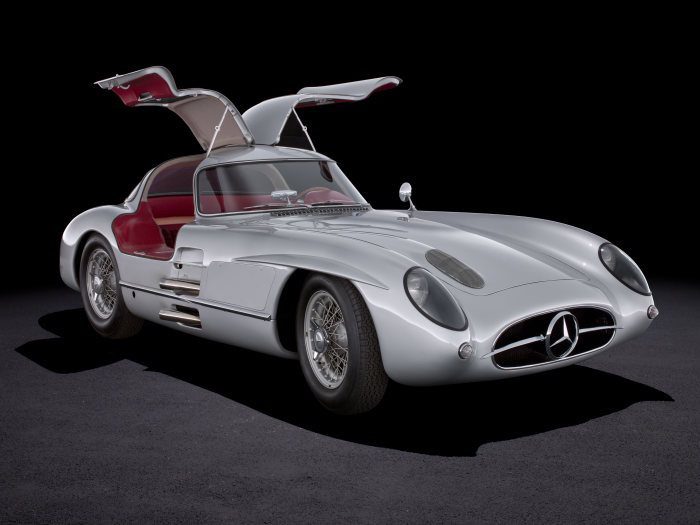
The Ferrari 250 GTO was on a straight course to reach $100 million in the next few years, but the 300 SLR Uhlenhaut Coupé topped it, forever altering the way we look at the world’s most expensive cars.
To start with, it wasn’t a 250 GTO, a car we all got used to seeing changing hands between collectors, smashing records from 1986 when they first broke the $1 million milestone to this day. The Uhlenhaut’s sale wasn’t heralded by the press either. On the contrary, it came out of the blue, it was private and organized straight by the original custodian, the Mercedes-Benz museum itself.
The secretive nature of this sale made its final result seem even bigger, opening new horizons in the collector car world. So, to surpass the record holder, the future most expensive car will have to meet very strict criteria.
Ideally, a prospective billion dollar car, or at least the next record breaker, is a unique creation, with an elaborate or otherwise intriguing origin story, an exceptional and well-documented history, and a museum-worthy pedigree.
As such, that car will have to be a globally-recognized piece of automotive heritage, and one that seems highly unlikely to ever end up at an auction. It will either be a part of a highly regarded private collection or, like the Uhlenhaut was, a manufacturer’s archive itself.
Not many historic cars tick all these boxes though, which narrows down the choice to this exclusive group. So, let’s go!
Bugatti 57SC Atlantic

Starting off with what’s perhaps the most astonishing automotive creation of all time and potentially the most valuable car in the world, the Bugatti 57SC Atlantic has all it takes to reach a billion dollar appraisal at one point in the future.
The last time one of these changed hands was in 2010 when Gooding Co. brokered a deal between Bugatti collector Dr. Peter D. Williamson’s estate and Mullin Automotive museum at somewhere between $30 and $40 million for the 57 374 “Rothschild Atlantic”, but a lot has changed since then and now that price seems like a bargain.
The second surviving car out of just four built Atlantics, the 57 591 “Pope Atlantic” has been in Ralph Lauren’s private collection since 1988, and it’s the very car we would place our bets on. Though it is highly improbable that this iconic Bugatti will leave the collection, at least in Mr. Lauren’s lifetime, it will certainly go for much more than $40 million, a sum that has usually been closely associated with it.
Finally, there’s the long lost 57SC Atlantic, the 57 453 La Voiture Noire. Jean Bugatti’s personal 57SC hasn’t been seen since 1938 and it could be the greatest automotive discovery should it ever emerge from the shadows. Bugatti’s official website still states the $100 million appraisal, but with the Uhlenhaut auction taken in consideration, the bar should be set considerably higher.
Mercedes-Benz SSK Count Trossi
Perhaps more mysterious than the 57SC, our next candidate is another car from the Ralph Lauren collection. It’s the Mercedes-Benz SSK with a chassis number 36038 and a dramatic body that still sparks debate. What we do know is that Count Carlo Felice Trossi sketched the design which was eventually carried out in 1933 by either an American named Willy White, Jacques Saoutchik, or even Zagato or Park Ward (as suspected by some automotive historians).
Whoever created it did the world a favor by sculpting a unique piece of automotive art built around one of the most pedigreed pre-WW2 cars. With a presence both sinister and stately, the SSK Count Trossi feels at home in Ralph Lauren’s elite collection where it came in 1988, having been bought from Tom Perkins. Upon acquisition, Lauren had the car restored by Paul Russell and Company and the fabled Mercedes-Benz went on to win Best of Show accolades at 1993 Pebble Beach Concours and 2007 Villa d’Este.
Appraising the Count Trossi seems impossible as of now, as it’s the only one of its kind and a handful of surviving SSKs seldom end up on auctions. Still, in 2004 a regular-bodied Mercedes-Benz SSK sold for the equivalent of $7.4 million at a Bonhams auction, which then made it the second most expensive car in the world. Judging by today’s state of the market, an SSK might sell for ten times its 2004 price. Still, as is the case with Mr. Lauren’s 57SC Atlantic, SSK Count Trossi’s sale is very unlikely to take place, but if it does, hundreds of millions is the least we expect.
Bertone Stratos Zero
Marcello Gandini’s bold and hostile wedge design not only caused a shockwave when first publicly exhibited at the Turin Motor Show in 1970, but it forever changed how we looked at sports cars. Measuring just 33 inches in height, the alien-like concept car is still one of the most radical automotive forms ever created, and it’s an inspiration for automotive designers even today.
In 2011, the Bertone Stratos Zero sold at RM Sotheby’s Villa D’Este Auction for a mere €761,600, or around $800,000 in today’s money, so giving it a one billion appraisal is a major stretch. However, the car’s sculptural beauty could multiply its value anytime in the future if the collector world moves towards perceiving and appreciating cars as legitimate works of high art.
Ferrari 512 Modulo
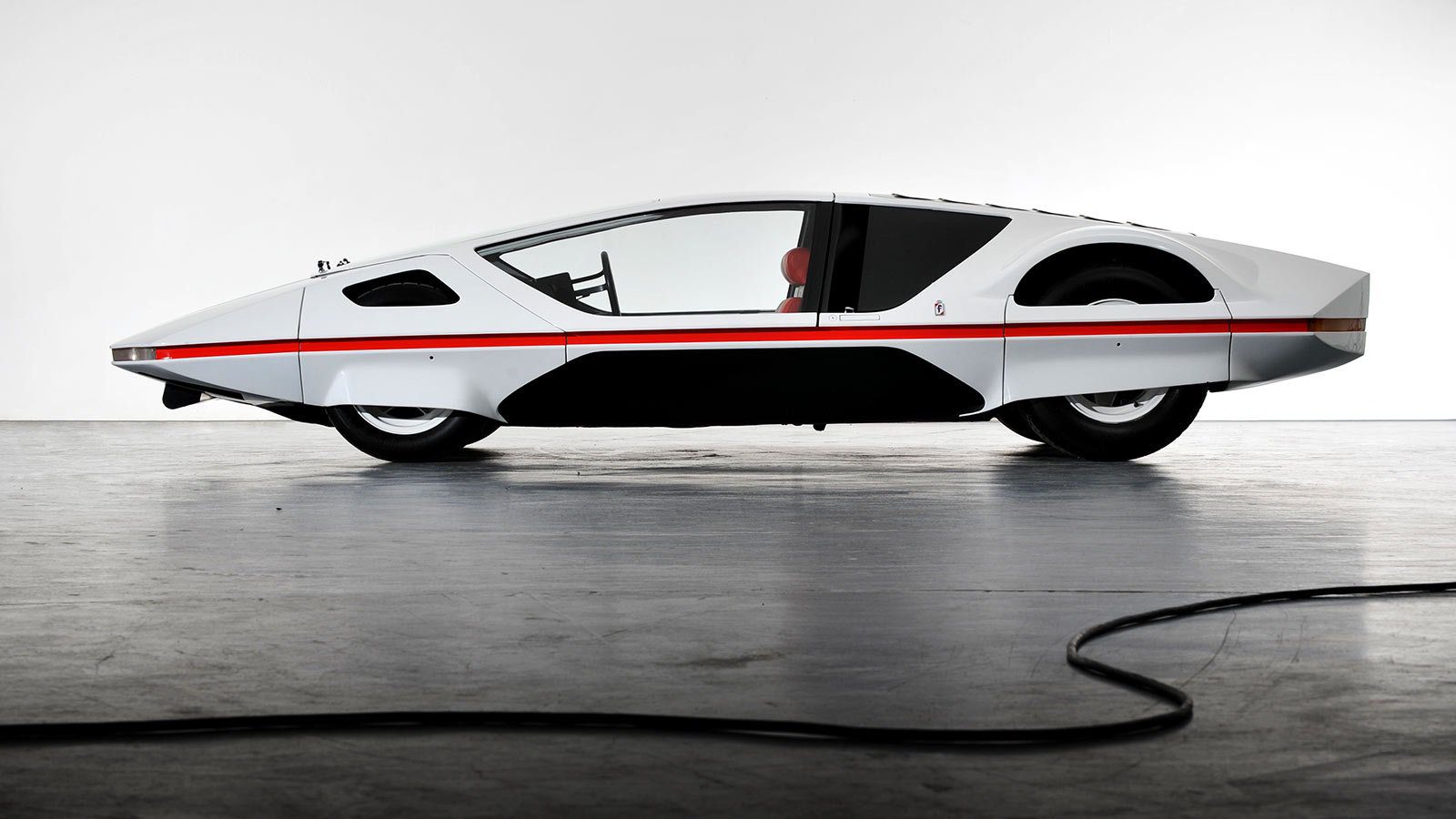
Spiritually close to the previous car, Paolo Martin’s 1970s design was hugely influenced by Syd Mead’s futuristic designs and was built on a Ferrari 512S chassis. Low-slung, sculptural and extraterrestrial in appearance, the Modulo was Pininfarina’s most extraordinary concept car built during the great design war with Bertone.
In 2014 Pininfarina eventually sold the 512 Modulo to James Glickenhaus, a Le Mans hero and an avid Ferrari collector who put all efforts into firing up its track proven V12 and making the car roadworthy. Now sporting New York plates, this spaceship on wheels travels around the world, landing at the most prestigious events.
Just like the Stratos Zero, the 512S Modulo has all the potential to transcend the automotive collector appeal and move towards high art, in which case its value could drastically go upwards if it leaves the Glickenhaus collection.
BMW M1 Andy Warhol Art Car

Conceived by gentleman racer and art collector Hervé Poulain, BMW’s Art Car project connected automobiles and high art, making one particular race car an interesting proposition. It’s the BMW M1 hand painted by pop art trailblazer Andy Warhol. Far from the artist’s recognizable style, this wedge-shaped race car was covered in thick layers of paint and Warhol himself commented: “I attempted to show speed as a visual image. When an automobile is really traveling fast, all the lines and colors are transformed into a blur.”
This was his way of explaining his approach to creating an iconic livery. The car went on to win sixth overall and second in-class at the 1979 24 Hours of Le Mans.
The M1 was built in 453 copies, and it commands prices of around $600,000, whereas the racing Procar variants can come close to a million, with one sold in 2020 for $913,000. On the other hand, Andy Warhol’s priciest art piece is Shot Sage Blue Marilyn that sold for $195 million in May 2022 at the Christie’s “The Collection of Thomas and Doris Ammann” auction.
The Andy Warhol M1 Art Car resides in the BMW Welt museum and should BMW ever decide to auction it, it would inevitably become the most expensive BMW ever. Still, could this car’s origin story be enough for a ten figure sum? We’d like to hear your opinion in the comments below!
The Wild Cards: Unlikely Billion Dollar Car Contenders

With all the Mona Lisas, the Old Masters, and the literal Andy Warhols of the automotive industry all covered, the prospective billion dollar car might not be any of the above mentioned. In 20 years’ time, the collector scene is likely to witness a huge paradigm shift and the new generation will splurge big on a late 20th or a 21st Century car.
The car in question could range anywhere between a movie or a celebrity-owned car to more traditional prospects, like one-offs of recent vintage: Rolls-Royce Boat Tail, Bugatti La Voiture Noire, one of Ferrari Special Projects cars, Aston Martin Victor or Glickenhaus’ Ferrari P4/5 Pininfarina.

From the current perspective, it’s easy to dismiss collector potential in these cars as they obviously lack mystique of their historic counterparts, but a few decades from now, automobiles like these will be auction highlights, and could possibly be record breaking ones, taking the throne from the 300 SLR Uhlenhaut or whichever car eventually succeeds it.
How the Inflation Factor Could Drive a Car’s Value Over a Billion Dollars
Another factor that could contribute to a car reaching the billion dollar threshold is inflation. As of now, it is hard to forecast the average inflation in the following years or decades, so let’s compare some prices from the past to their today’s equivalents.
When the 250 GTO was new, it cost $18,500—which was the equivalent of $180,000 at the time of this writing. The first $1 million 250 GTO sale that happened in 1986 now equals $2.7 million, almost trifold in 36 years’ time. In 1989, a 250 GTO broke the $10 million mark, equaling to $23.9 million in today’s money.
With money losing value even further in the future, a car now worth tens of millions could end up selling for hundreds of millions instead, and the same could happen with any of the above-mentioned automobiles.
Our Final Thoughts on the Potential for Billion Dollar Cars
Regardless of the fact that various collector markets seem to be on a neverending ascend, a billion dollar car is still an uncertainty. Should they come up for sale in the next couple of years, the world’s most exceptional automobiles would certainly attract attention from the one percent’s one percent, and while the prospective sums could easily break the current record, they are more likely to be close to the 300 SLR Uhlenhaut’s auction result than to a billion dollar mark.
In the distant future though, a billion dollar car is bound to happen—since petrol burning cars will eventually be a part of history and its prime examples will inevitably evolve into pure pieces of art.
What are your thoughts on this one? Make sure to give us your opinion below!






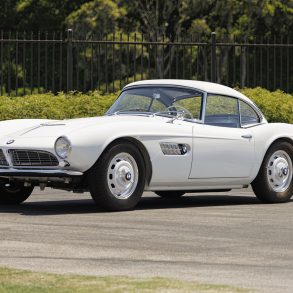
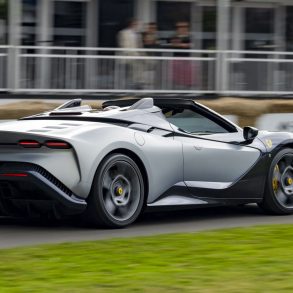
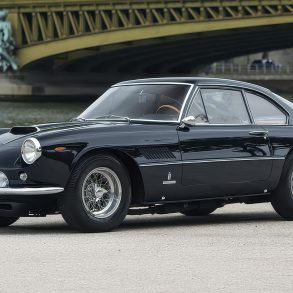

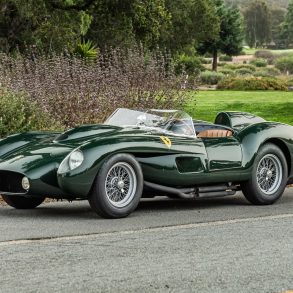
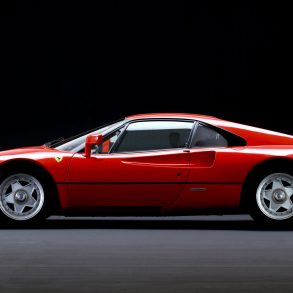

Could the Mercedes 722 winner of the milamiglia driven by Sterling Moss be the most valuable
The Mona Lisa is now 500+ years old. Today’s million dollar cars will be worth a billion dollars in the future. The price paid for the Uhlenhuat Mercedes-Benz SLR is grossly overvalued. The syndicate or individual who made the purchase has only another 400 years to go before reaching a billion dollars.